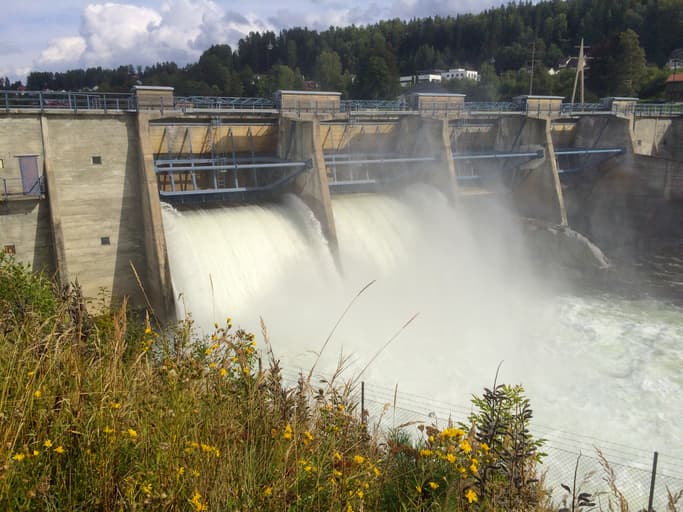
Ingunn B. Haslekaas/Moment/Getty images
Hydropower Overview
Learn more about different energy sources with SaveOnEnergy!Written by Erin Gobler
Edited by Lisa lscrupe
Why trust SaveOnEnergy?
Learn MoreAt SaveOnEnergy, we work to offer accurate information with editorial integrity.Our partners do not direct our editorial content, though we may reference their products in our posts. Read more about how we make money.
Why trust SaveOnEnergy?
Learn MoreAt SaveOnEnergy, we work to offer accurate information with editorial integrity.Our partners do not direct our editorial content, though we may reference their products in our posts. Read more about how we make money.